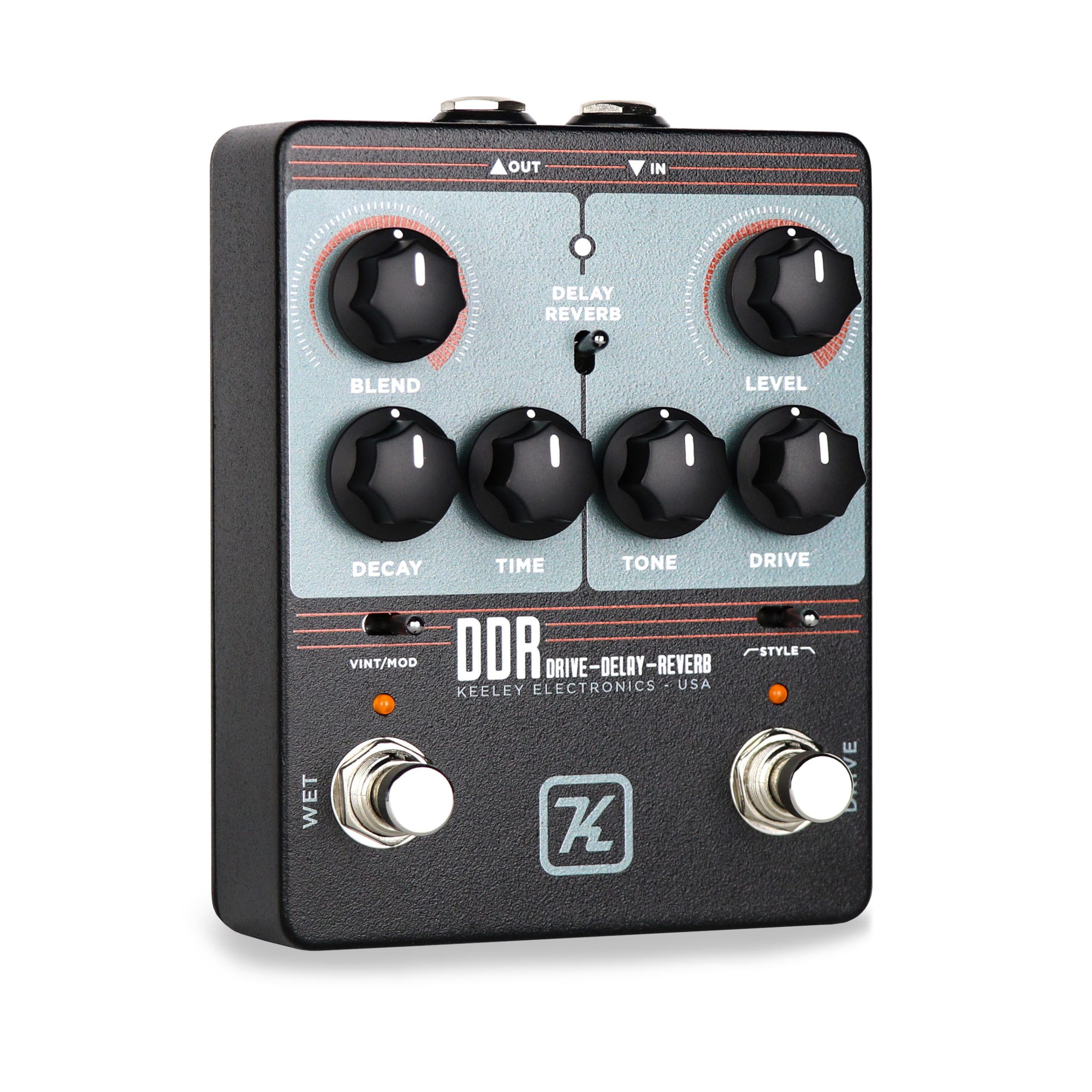Understanding the distinctions between reverb and delay effects is crucial for musicians and audio engineers. Both effects add depth and ambiance to audio recordings or performances, but their characteristics and uses differ significantly. In this article, we will explore the key differences between reverb and delay effects.
Reverb Effects
Reverb, short for reverberation, refers to the persistence of sound due to reflections in an enclosed space. It mimics the natural reverberation heard in various environments, such as concert halls or caves. When applied as an effect, reverb adds spaciousness and creates a sense of depth within the audio.
Unlike delay, reverb does not create distinct repetitions of the original sound. Instead, it simulates the decay of sound over time by blending the original signal with its reflections. The reflections can multiply quickly as they bounce off various surfaces, creating a complex and immersive auditory experience.
Reverb effects can be classified into different types, including hall, plate, room, spring, and chamber, each generating its unique sonic characteristics. Hall reverbs simulate the sound of large concert halls, while plate reverbs emulate the resonance of a metal plate. Room reverbs duplicate the ambience of small to medium-sized spaces, while spring and chamber reverbs offer distinct vintage tones.
Delay Effects
Delay creates distinct repetitions of the original sound by capturing and reproducing it after a specific time interval. It is similar to an echo effect, where the sound is repeated at regular intervals. These repetitions can be manipulated to create various rhythmic patterns, adding depth and spaciousness to the audio.
Unlike reverb, delay creates clear and distinguishable echoes. The number of repetitions, their volume, and their timing can be adjusted based on the desired effect. Additionally, delay effects often come with features like feedback, which controls the number of repetitions, and modulation, which adds subtle pitch variations to the echoes.
Delay effects are commonly used in music production as creative tools. They can be used to generate rhythmic patterns, enhance solos, add texture to vocals, or create ambient soundscapes. Musicians and producers often experiment with different delay settings and combinations to achieve unique and innovative sounds.
Differences at a Glance
| Reverb Effects | Delay Effects |
|---|---|
| Simulates sound decay over time | Creates distinct repetitions of sound |
| Blends original signal with reflections | Repeats the original sound after a specific time interval |
| Creates immersive and ambient effects | Used for rhythmic patterns and adding texture |
| Can be classified into hall, plate, room, spring, and chamber types | Often manipulated with features like feedback and modulation |

Credit: robertkeeley.com

Credit: www.amazon.com
Frequently Asked Questions Of What Is The Difference Between Reverb And Delay Effects?
What Is The Main Difference Between Reverb And Delay Effects?
Reverb creates a sense of space, while delay produces copies of the original sound.
How Does Reverb Alter The Sound?
Reverb simulates different acoustic environments to add depth and texture to the sound.
What Are The Primary Uses Of Reverb Effects?
Reverb effects are commonly used to create a sense of space and add depth to vocals and instruments.
How Does Delay Affect The Sound?
Delay creates echoes or repetitions of the original signal, enhancing the texture and rhythm.
Conclusion
While reverb and delay effects both contribute to the depth and ambiance of audio recordings, their functionalities and characteristics set them apart. Reverb simulates the decay and persistence of sound, creating immersive soundscapes, while delay generates distinct repetitions, adding rhythmic patterns and texture. Understanding the differences enables musicians and audio engineers to make informed decisions in applying these effects to enhance their music or audio projects.